European natural gas prices plummeted to their lowest levels since May 2024, with benchmark futures dropping below €30 per megawatt-hour for the first time in over a year. This significant decline was driven by a confluence of bearish factors, including an increase in imports and discussions about ending Russia's war in Ukraine.
According to market data, the price drop was largely attributed to an influx of liquefied natural gas (LNG) shipments from countries such as the United States, Qatar, and Australia. These imports have helped to alleviate concerns about a potential gas shortage during the upcoming winter months. Additionally, the prospect of a resolution to the conflict in Ukraine has reduced the risk premium associated with Russian gas supplies, further contributing to the price decline.
As of the latest market close, European natural gas prices had fallen to €29.50 per megawatt-hour, a level not seen since May 2024. This significant drop has been a welcome relief for European consumers and businesses, which had been bracing for the possibility of higher gas prices and potential shortages.
The European gas market has been under pressure in recent months due to a combination of factors, including a mild winter, increased LNG imports, and a decline in demand from industrial users. However, the market has been volatile, with prices fluctuating in response to shifting weather forecasts and changes in global supply and demand dynamics.
The decline in European gas prices has significant implications for the energy sector, particularly for companies that rely heavily on gas imports. Companies such as Engie, Enel, and E.ON, which have significant gas import contracts, may benefit from the lower prices. However, the decline may also have a negative impact on companies that have hedged their gas prices at higher levels, potentially leading to losses.
Looking ahead, the European gas market is expected to remain volatile, with prices influenced by a range of factors, including weather forecasts, global supply and demand dynamics, and geopolitical developments. The prospect of a resolution to the conflict in Ukraine and the continued influx of LNG imports are likely to remain key drivers of the market.
In conclusion, the decline in European gas prices to below €30 per megawatt-hour is a significant development with far-reaching implications for the energy sector. As the market continues to evolve, it will be essential for companies and policymakers to closely monitor developments and adjust their strategies accordingly.
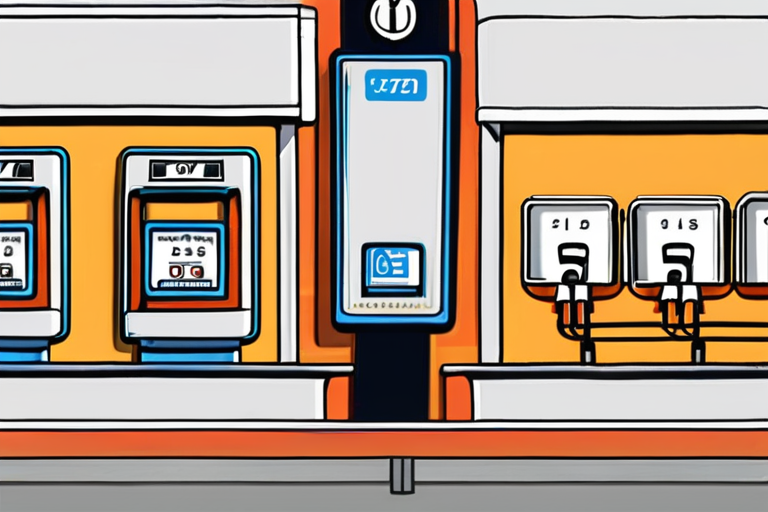

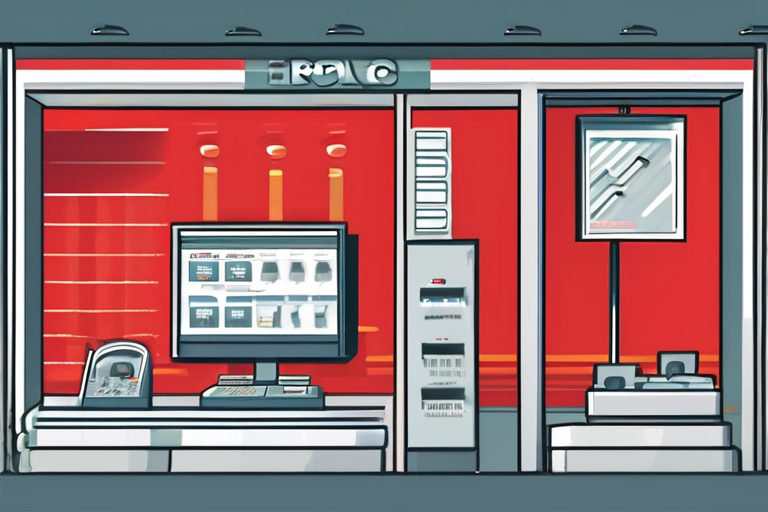




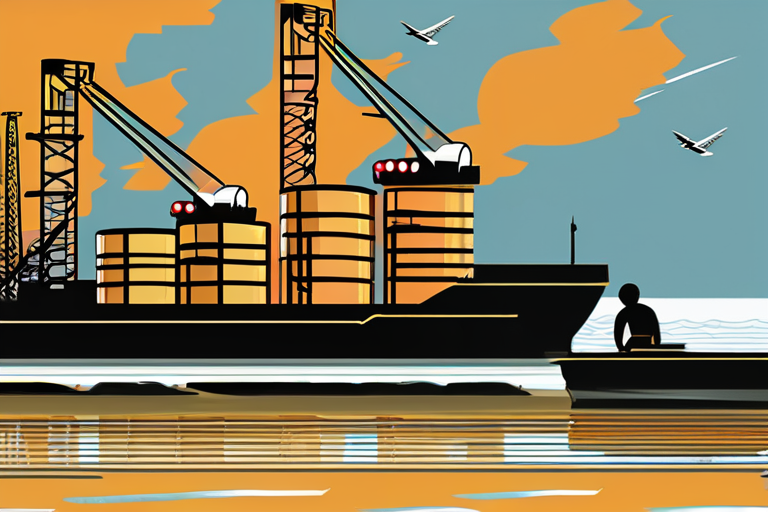





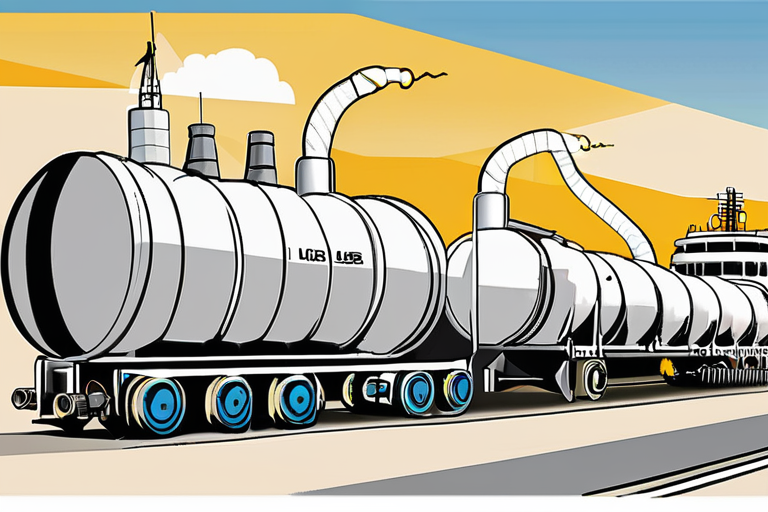

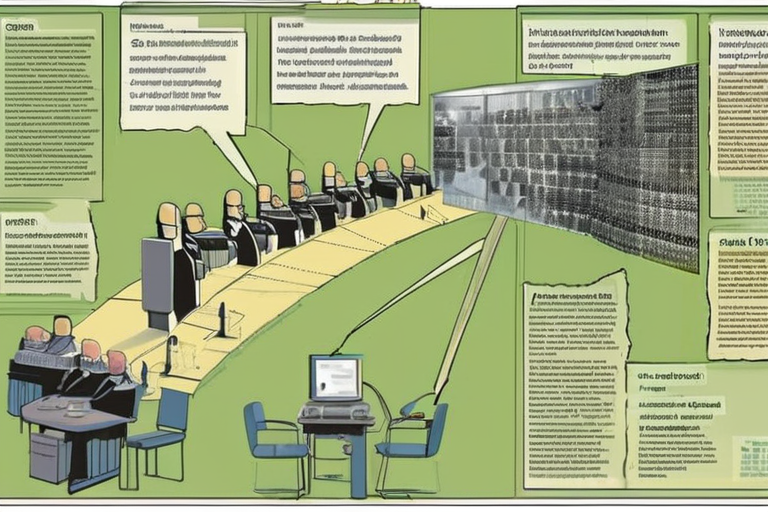


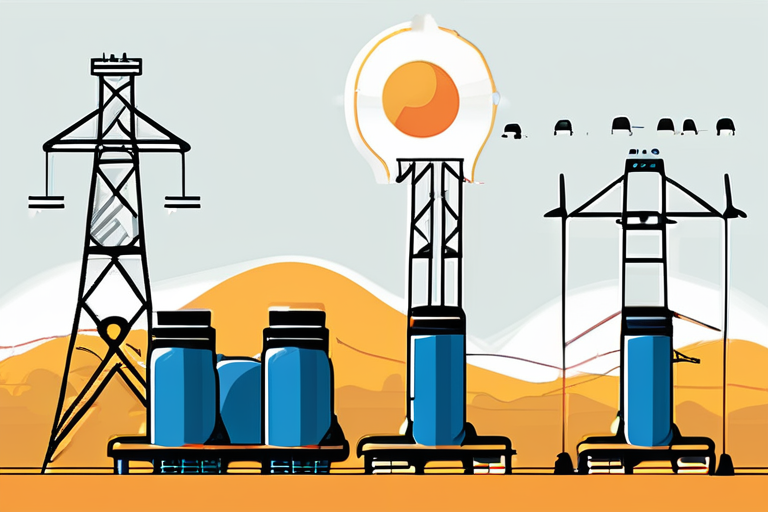
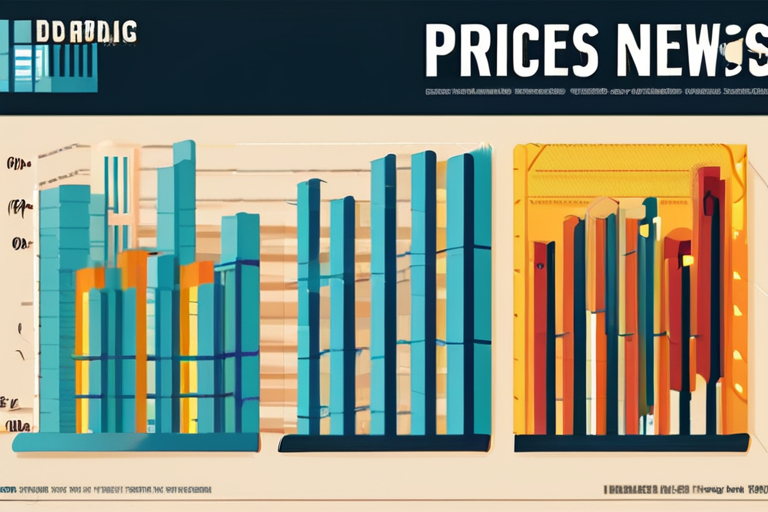
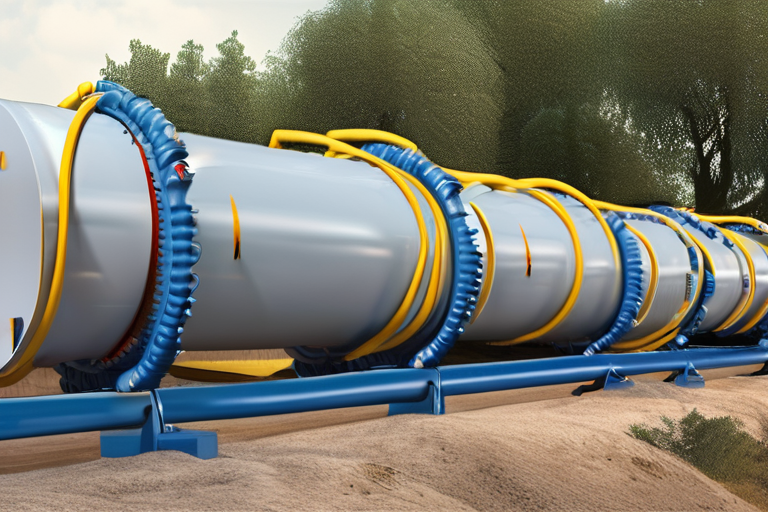
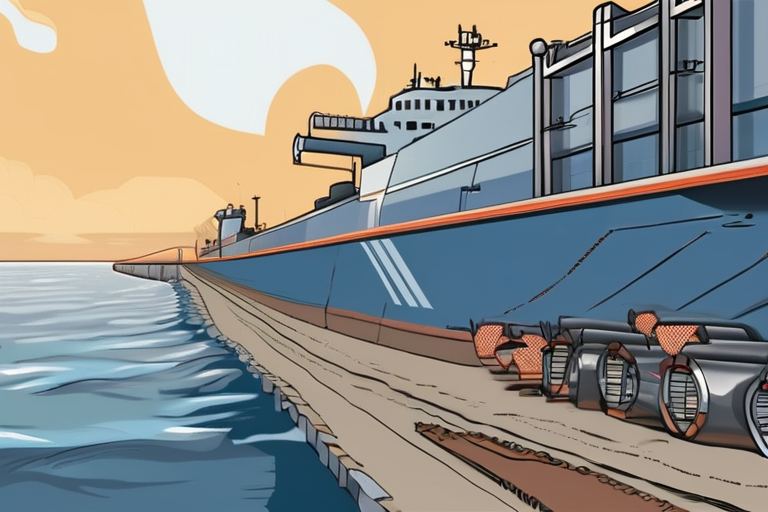

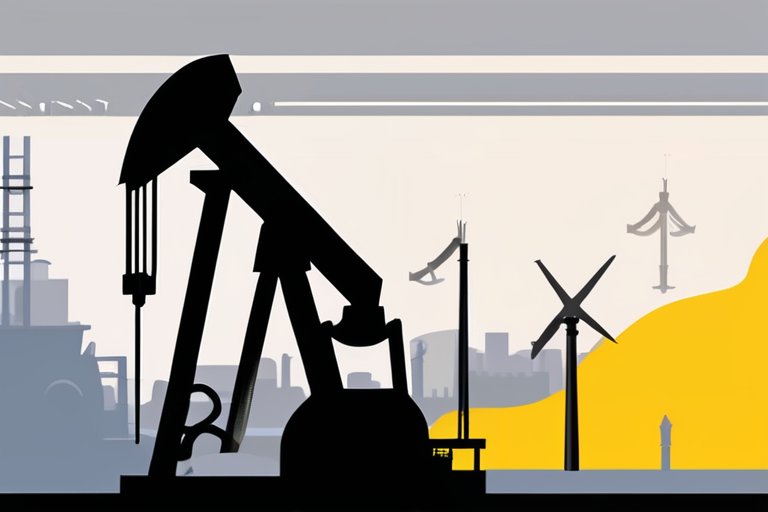


Share & Engage Share
Share this article